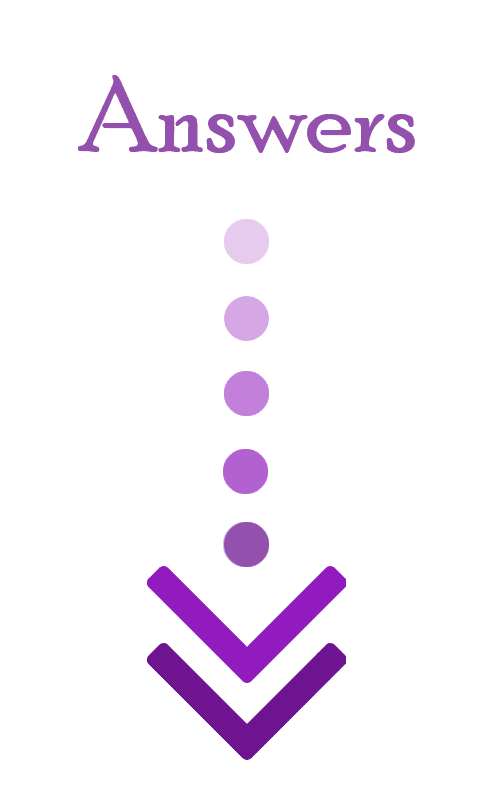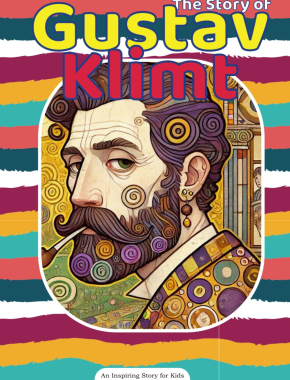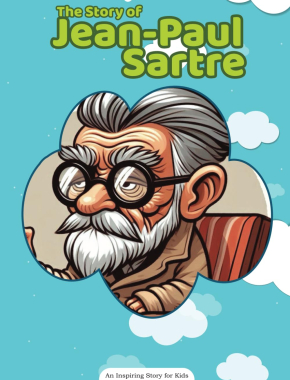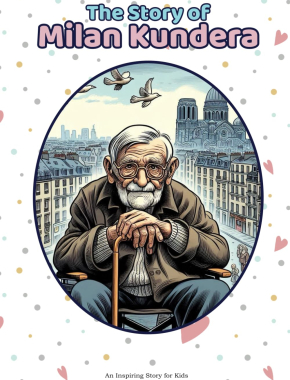Estimating Differences
Want to know how to estimate the differences between two numbers? So do not miss this post!

Did you know it’s possible too to utilize rounding for estimating differences? At times whenever you do subtract between two large numbers, you do not wish to find out the precise differences. You only wish to know a fast estimate. It’s possible to get an estimate by rounding each of the numbers, then discovering a difference that’s near the precise difference.
Related Topics
Way to estimate Differences to the closest tenth
Here is a fast review of the rules for rounding numbers.
STEP one: If the number one puts on the right of the targeted number was lower than \(5\), it gets rounded down ?
STEP two: If the number one position to the right of the targeted number is \(5\) or higher, it gets rounded up ?
STEP three: Now it is possible to get the difference in-between these rounded numbers. Whenever the minuend and subtrahend in a subtraction equation are rounded, the subtraction gets easier.
Note: You merely must remember to maintain the difference near the precise answer
Tip one: Unless it says something different, constantly round figures to the maximum feasible place value.
Tip two: You should pay attention to the fact we constantly write down the word “about” before the estimated difference. That shows you the result isn’t the precise answer, merely the estimate.
Estimating Differences – Example 1:
Estimate differences by rounding each added to the nearest ten.
\(85-34=\)___
Solution:
First, round \(85\) to the closest ten. Check out the numeral on the right of the tens position. It is \(5\). So, \(85\) is rounded up to \(90\). Do the same for \(34\). Then \(34\) is rounded down to \(30\). Now subtract \(30\) from \(90\): \(90-30=60\)
Estimating Differences – Example 2:
Estimate differences by rounding each added to the nearest ten.
\(53-26=\)___
Solution:
First, round \(53\) to the closest ten. Check out the numeral on the right of the tens position. It is \(3\) and this number is lower than \(5\). So, \(53\) is rounded down to \(50\). Do the same for \(26\). Then \(26\) is rounded up to \(30\). Now subtract \(30\) from \(50\): \(50-30=20\)
Exercises for Estimating Differences
Estimate differences by rounding each added to the nearest ten.
- \(\color{blue}{77-23}\)
- \(\color{blue}{ 94-48 }\)
- \(\color{blue}{35-12 }\)
- \(\color{blue}{ 62-53 }\)

- \(\color{blue}{60}\)
- \(\color{blue}{ 40 }\)
- \(\color{blue}{30 }\)
- \(\color{blue}{ 10 }\)
Related to This Article
More math articles
- 8th Grade PSSA Math Practice Test Questions
- CHSPE Math Formulas
- The Butterfly Effect in Mathematics: Small Changes, Big Impact
- Full-Length 7th Grade SBAC Math Practice Test-Answers and Explanations
- 6th Grade ISTEP Math Worksheets: FREE & Printable
- Top 10 Tips to Overcome TABE Math Anxiety
- Bar Graph
- Full-Length 7th Grade PSSA Math Practice Test
- FREE 5th Grade Georgia Milestones Assessment System Math Practice Test
- How to Solve Permutations and Combinations? (+FREE Worksheet!)





























What people say about "Estimating Differences - Effortless Math: We Help Students Learn to LOVE Mathematics"?
No one replied yet.